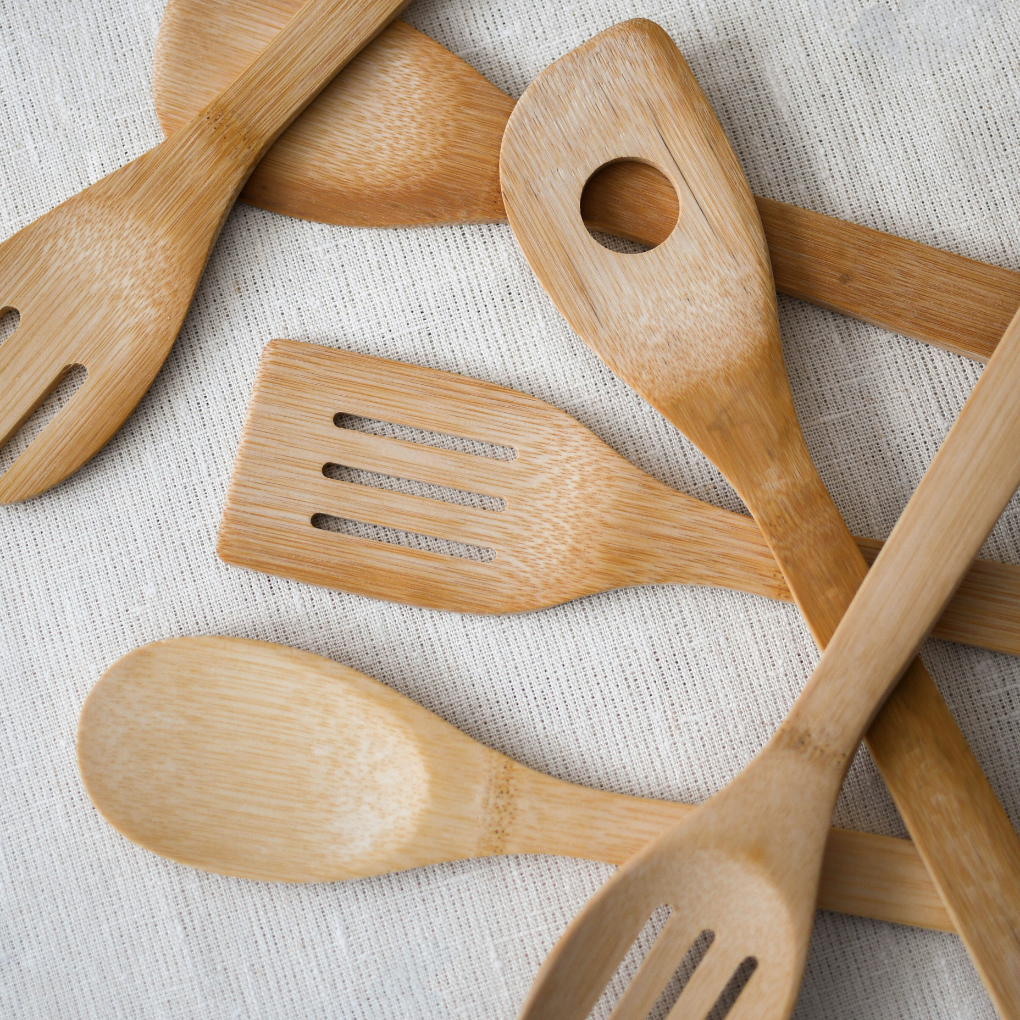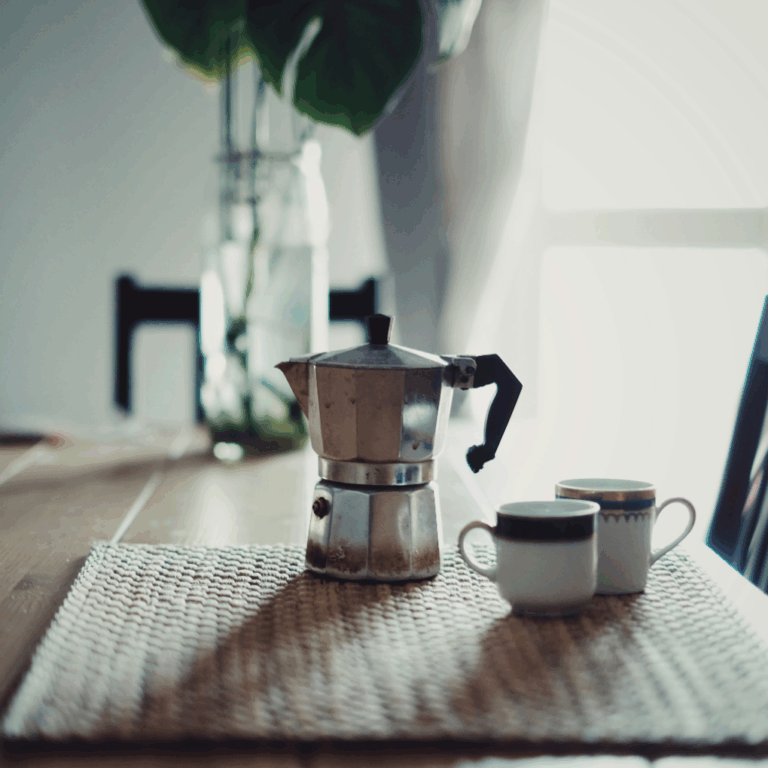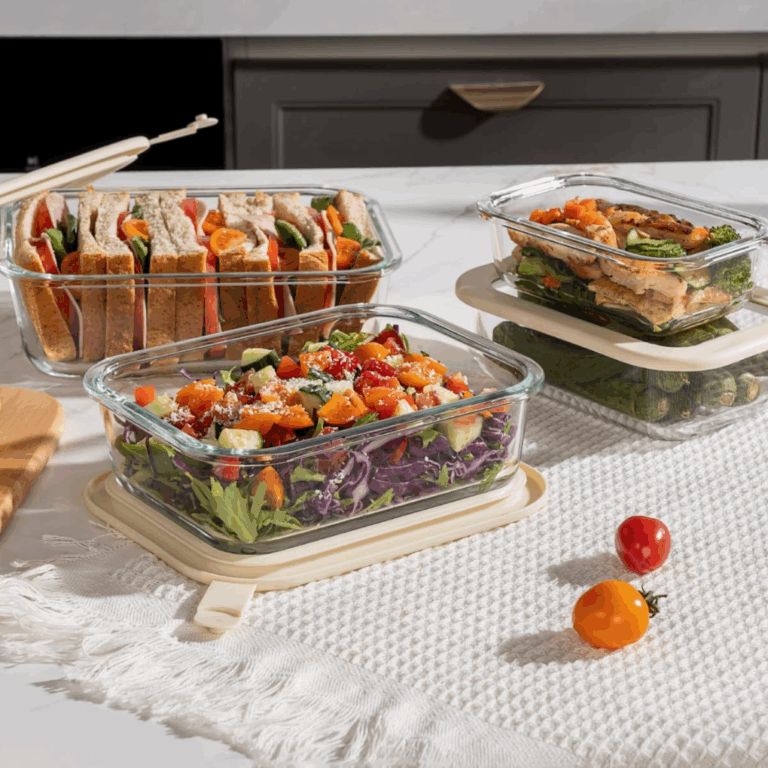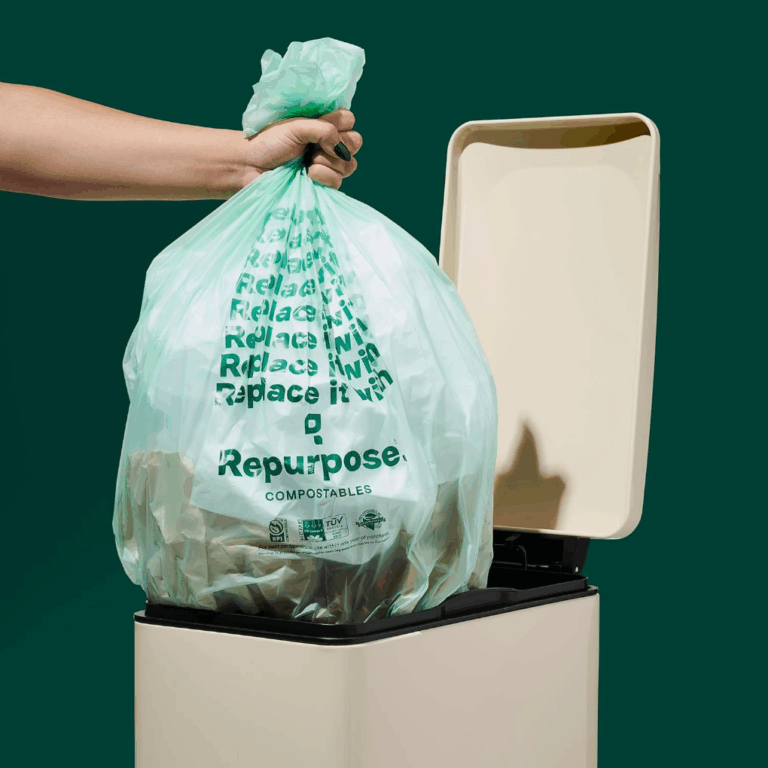
How to Clean Wooden Cooking Utensils is simpler than you might think: wash them by hand with warm, soapy water, dry them right away, and oil them regularly to prevent cracking and splintering. Wooden spoons, spatulas, and salad tongs are some of the most durable and cookware-friendly tools you can own, and with the proper care, they can last for decades. But because wood is porous, it can absorb water, warp under extreme heat, and lose its smooth finish if cleaned incorrectly.
In this guide, you’ll learn exactly how to clean wooden cooking utensils after everyday use, remove stubborn stains and odors, keep them hydrated with the right oils, restore worn surfaces, and know when it’s time to replace them.
How Do You Properly Clean Wooden Spoons and Spatulas?
Daily cleaning is the first line of defense in keeping wooden utensils in excellent shape. Always opt for hand washing over the dishwasher. The high heat and prolonged water exposure in dishwashers can lead to warping, cracks, and splintering.
Right after use, rinse your spoon, spatula, or ladle under warm water to remove food residue before it hardens. Use unscented soap with a washcloth or a bristled brush to scrub the surface gently. Avoid harsh cleaning tools that could damage the finish.
After washing, towel dry thoroughly and then place utensils on a drying rack to air dry completely. This prevents trapped moisture, which can compromise crack prevention and keep your utensils odor-free and stain-free.
If you make this method a habit, you’ll have bacteria-free utensils that look and feel like new for years.
How to Remove Stains and Odors from Wooden Utensils
For lingering odors, rub the surface with half a fresh lemon or a small amount of lemon peel oil. This naturally deodorizes the wood without leaving a synthetic fragrance.
For stubborn stains:
- Make a paste from baking soda and water
- Scrub gently with the scratchy side of a sponge or a Scotch-Brite pad
- Rinse thoroughly and dry immediately
Baking soda is mildly abrasive, so it lifts stains without damaging the wood grain. This works exceptionally well for porous wood like bamboo that absorbs color from spices.
Oiling and Conditioning
Regular oiling is one of the most essential steps in caring for wooden utensils. Without proper conditioning, wood loses hydration, becomes dry, and is more prone to splintering and cracking. Oiling acts as crack prevention by sealing the grain and keeping moisture balanced.
Choose a food-grade mineral oil or butcher block oil for routine care. For extra protection and shine, blends of beeswax and petroleum, often sold as wood butters or wood wax, create a smooth, protective coating. Some home cooks like adding a drop of lemon peel oil for a fresh, natural scent, but make sure any oil used is safe for food contact.
How to oil wooden utensils
- Wash and dry the utensil completely.
- If the surface feels rough, lightly rub it with a Scotch-Brite pad to smooth it and open the grain for better absorption.
- Apply a generous but even layer of mineral oil or your chosen conditioning blend with a clean cloth.
- Let the utensil absorb the oil for several hours or overnight.
- Wipe away any excess and finish by buffing the surface until smooth and non-greasy.
For most kitchens, oiling once a month is enough. In dry climates or for utensils used daily, conditioning every two to three weeks will keep them looking and feeling their best.
💡quick care summary
Wooden Cooking Utensils
Want your wooden spoons and spatulas to last for years? Follow these six simple steps.
- Wash by hand with warm water and unscented soap
- Dry immediately with a towel, then air dry completely
- Remove stains with baking soda paste and gentle scrubbing
- Deodorize with fresh lemon or lemon peel oil
- Oil monthly with food-grade mineral oil or beeswax blend
- Replace if cracked, splintered, or holding stubborn odors
How to Restore Wooden Utensils to Like-New Condition
Over time, even the best-cared-for utensils can become rough, fuzzy, parched, or slightly discolored. Instead of tossing them, you can bring them back to life with a few simple restoration steps.
Steps to repair and restore wooden utensils:
- Sand the surface lightly with fine-grit sandpaper to remove rough patches, fuzziness, or minor surface cracks.
- Wipe away sanding dust with a damp cloth so the surface is clean before conditioning.
- Apply a woodcare package treatment using food-grade mineral oil, wood wax, or wood butters.
- Let the oil or wax absorb for several hours or overnight to rehydrate the wood.
- Buff the surface with a clean cloth until smooth and well-conditioned.
If cracks are deep or the utensil feels structurally weak, it’s best to replace it rather than restore it. With proper maintenance, many utensils can be brought back to near-new condition and continue serving your kitchen for years.
How to Choose and When to Replace Wooden Utensils
Not all wooden utensils are created equal. Choosing the right ones will give you tools that last for years, while knowing when to replace them keeps your cooking safe and hygienic.
How to choose quality wooden utensils:
- Look for hardwoods such as maple, beech, or olive wood for durability
- Consider bamboo for a lightweight, affordable, and strong option
- Check for a smooth finish with no rough patches or splinters
When to replace wooden utensils:
- Large cracks or severe splintering are visible
- Deep discoloration remains even after cleaning
- Persistent odors linger despite thorough cleaning
How to Sanitize and Deep Clean Wooden Utensils
Sometimes routine cleaning isn’t enough, especially after preparing raw meat, cutting strong-smelling foods, or when you want to be sure your utensils are truly bacteria-free. Deep cleaning helps maintain hygiene and keeps utensils odor-free and stain-free.
Hot soapy water is the safest regular option. Wash your wooden spoons, spatulas, or even wooden bowls and wooden cutting boards by hand, scrubbing with the scratchy side of your sponge to loosen any residue. Rinse well and air dry completely.
For a deeper sanitize:
- Boil wooden spoons for 1–2 minutes to kill bacteria (only occasionally to avoid damage from extreme heat)
- Use a vinegar-and-water solution to disinfect without chemicals; wipe the surface thoroughly, rinse, and dry
- Avoid extended water submersion, which can cause swelling or warping
If your utensils still feel rough after sanitizing, include a woodcare package step: lightly sand, re-oil, and buff to restore a smooth surface.
💡tips
Final Care Suggestions
- Never soak wooden utensils overnight
- Store in a dry, ventilated space
- Avoid leaving them in a damp pot or pan
- Never use the dishwasher for sanitizing wooden utensils
Final Thoughts on How to Clean Wooden Cooking Utensils
Learning how to clean wooden cooking utensils isn’t just about maintaining beauty; it’s about preserving their longevity and sustainability. By sticking to gentle, hand-washing routines, thorough drying, and regular oiling, your wooden tools can remain functional and beautiful for years, possibly even becoming kitchen heirlooms.
Whether you’re freshening up stained spoons or restoring a worn spatula, these simple practices will keep your culinary companions in top condition. Want to take your eco-conscious kitchen routines even further? Check out our tips on zero-waste kitchen swaps, and explore plastic-free alternatives to everyday tools.





